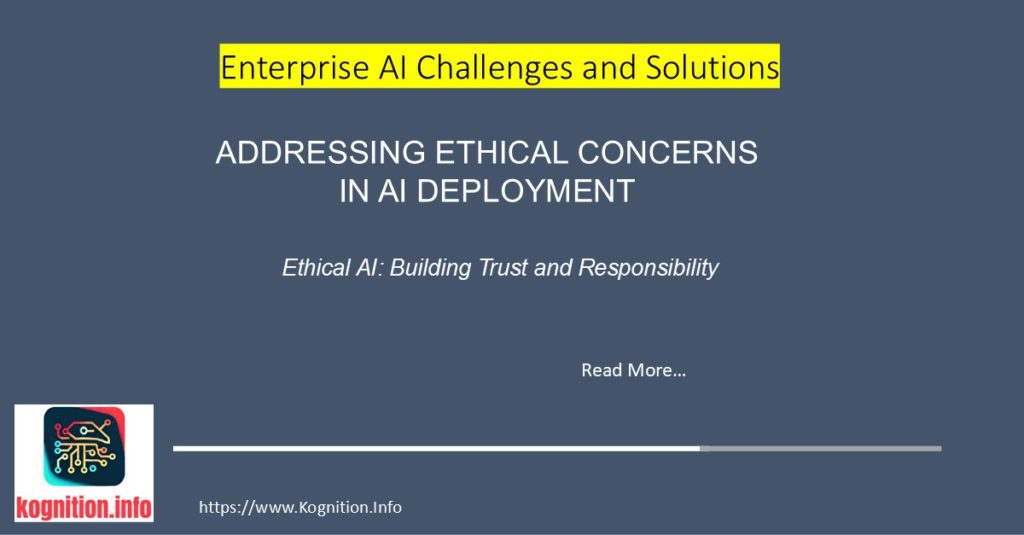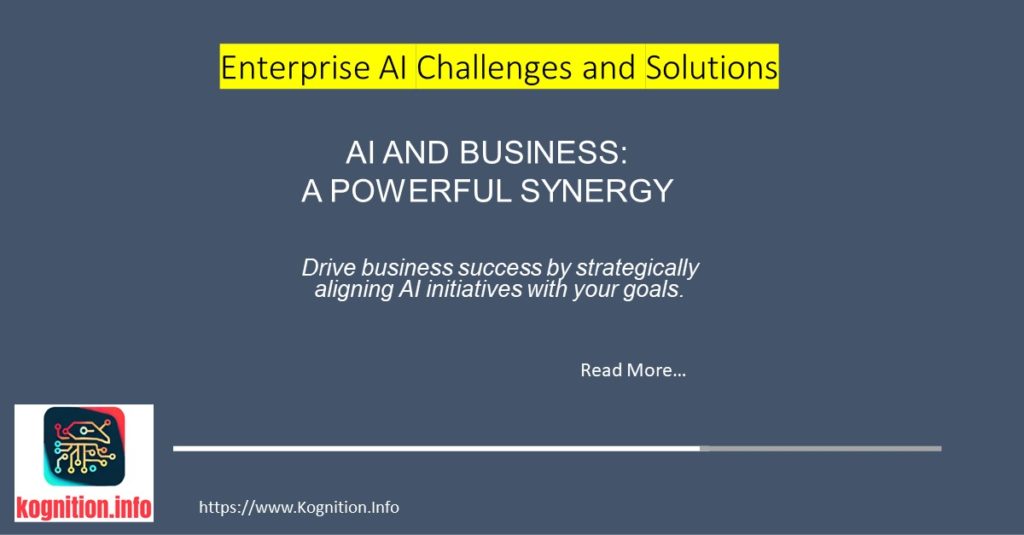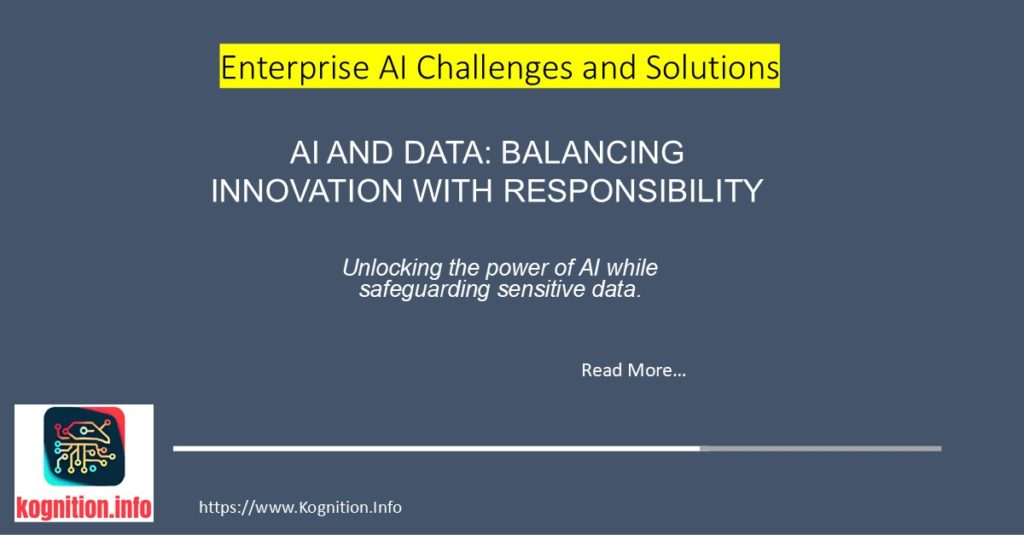Setting the Standard: The AI Benchmarking Imperative What gets measured gets mastered. In the rapidly evolving landscape of enterprise AI, organizations face a critical challenge: understanding whether their AI investments are truly delivering competitive advantage or merely keeping pace with industry norms. Without robust benchmarking frameworks, executives make strategic technology decisions in a vacuum, unable…



